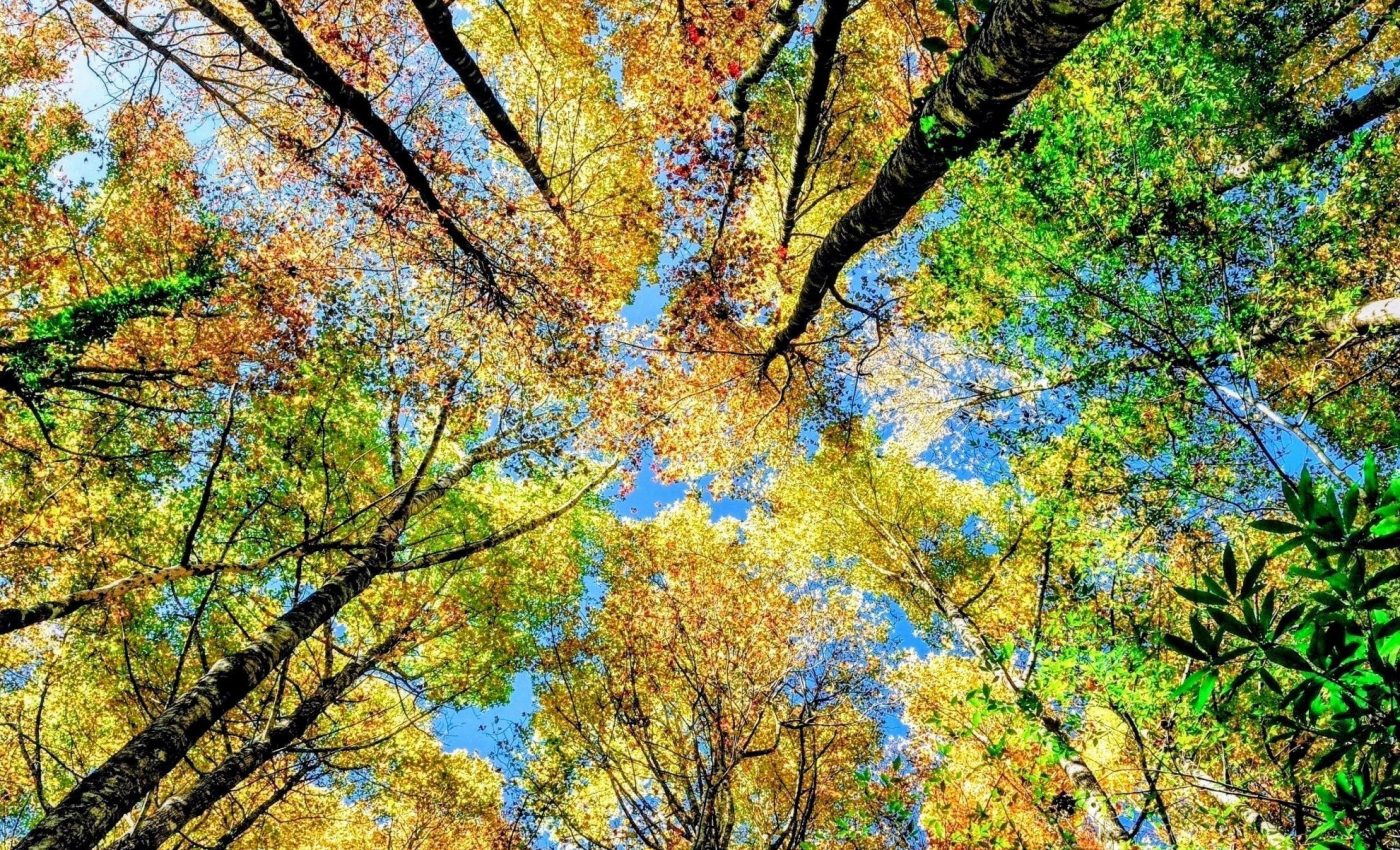
Most cities lack sufficient canopy cover, despite visible trees
There is a green deficit in our cities, and it’s more serious than you think. A new study led by RMIT University in Australia highlights this glaring issue. The study measured access to nature in eight global cities and found most of them to be grossly deficient in canopy cover.
This is despite these cities having a significant number of trees in sight. The discrepancy lies in the lack of adequate “canopy cover” – the overhead layer of branches and leaves that provide shade, reducing temperatures and increasing green cover.
Troubling tree deficit
Less than 30 percent of buildings in cities such as New York City, Amsterdam, Buenos Aires, and Denver were found to be in neighborhoods with adequate canopy cover.
New York and Amsterdam scored almost 0% for canopy cover, while a whopping 92 and 50 percent of their buildings, respectively, had views of at least three trees.
This research, a collaborative effort with the Technical University of Munich, studied over 2.5 million buildings across eight cities using the “3-30-300” rule, an emerging sustainable cities measure.
This innovative rule states that every home, school, and workplace should have a view of at least three trees, be located in a neighborhood with at least 30% canopy cover, and be within 300 meters of a park.
Canopy cover champions
Among the cities studied, only Seattle and Singapore could pass the 30% canopy benchmark. In these cities, 45% and 75% of buildings, respectively, have the luxury of enjoying adequate shading.
But the access to parks is not consistent. Singapore and Amsterdam scored high, while Buenos Aires and New York City trailed behind.
Need for more canopy cover
Dr. Thami Croeser, a lead researcher and an RMIT University research fellow, found it alarming that a majority of the buildings studied failed the 30% tree canopy test.
Considering that 2023 was the hottest year on record and 25% of the global population experienced dangerous levels of extreme heat, canopy cover is an urgent requirement to cool down our cities, noted Dr. Croeser.
Benefits of tree cover in cities
“Previous research has shown depression, anxiety, obesity and heatstroke are more prevalent in urban areas that lack access to shady tree canopy and green open spaces,” said Dr. Croeser.
Environmentally, urban trees play a critical role in improving air quality by absorbing pollutants such as carbon dioxide, nitrogen dioxide, and sulfur dioxide, while also filtering harmful particulate matter.
Additionally, trees are essential for stormwater management, as their roots absorb rainfall and reduce the risk of flooding.
By storing carbon, urban forests help offset greenhouse gas emissions. They also provide vital habitats for birds, insects, and other wildlife, enhancing urban biodiversity.
Insufficiency of current practices
Dr. Croeser is critical of current methods of street design or retrofitting, which tend to prioritize infrastructure like cabling and pipelines over tree growth.
He advocates for a change in our practice, to prioritize green infrastructure and incorporate trees into early stages of design.
Struggles of urban trees
Urban trees face a tough life. They are planted in compacted soil, covered with asphalt and lack proper water access.
Dr. Croeser argues that improving these conditions can greatly enhance the growth and longevity of urban trees, thus increasing canopy cover. The “3-30-300” rule might be relatively new, but it is rapidly gaining global acceptance.
This benchmark was devised by Dutch urban forestry expert Professor Cecil Konijnendijk.to set a definitive, evidence-based minimum for nature in cities.
Future research directions
Professor Wolfgang Weisser from the Technical University of Munich and Dirk Voets, Senior Advisor Geospatial at Cobra Groeninzicht, have expressed support of the “3-30-300” rule and are optimistic about its potential.
The study is a clarion call for us to reassess our urban designs. The findings reach out to a global audience to advocate for more harmonious co-existence with nature in our urban spaces.
The research may ultimately be a catalyst for significant change, leading us to build more sustainable, liveable, and delightful cities.
The study is published in the journal Nature Communications.
—–
Like what you read? Subscribe to our newsletter for engaging articles, exclusive content, and the latest updates.
Check us out on EarthSnap, a free app brought to you by Eric Ralls and Earth.com.
—–













